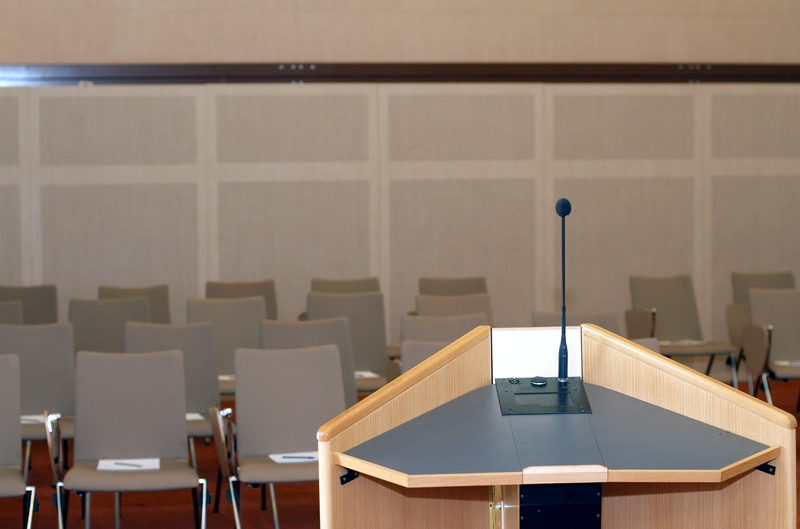 In the first post in this series, I discussed how I prepared for an on-site reporting and same-day summary-preparation job at a day-long conference in downtown DC. In the second post, I covered the my activities on the day of the conference itself. In this final post, I’ll discuss the tools and techniques that I use to turn my notes and recordings into a polished final product for the client.
In the first post in this series, I discussed how I prepared for an on-site reporting and same-day summary-preparation job at a day-long conference in downtown DC. In the second post, I covered the my activities on the day of the conference itself. In this final post, I’ll discuss the tools and techniques that I use to turn my notes and recordings into a polished final product for the client.
Now the meeting is over, you’ve saved and backed up your files, and you’re back at the office ready to write up the summary, transcription, or minutes. Where do you start?
We’ll begin by looking at ways to clean up your notes. They are the core around which you create the final product. Then we’ll move on to tips for working with your text and audio files.
After completing those steps, you will have a product that looks and reads great! So let’s get started…
Continue reading “Tools and Tips for Rapid Transcription, Part 3”

 In my
In my  A client recently asked me to provide on-site reporting and same-day summary preparation services for a day-long conference in downtown DC. The job provided me with an excellent opportunity to try out a combination of various tools and techniques — some new, some old — that I had used separately for individual projects, but until then had not used together.
A client recently asked me to provide on-site reporting and same-day summary preparation services for a day-long conference in downtown DC. The job provided me with an excellent opportunity to try out a combination of various tools and techniques — some new, some old — that I had used separately for individual projects, but until then had not used together.